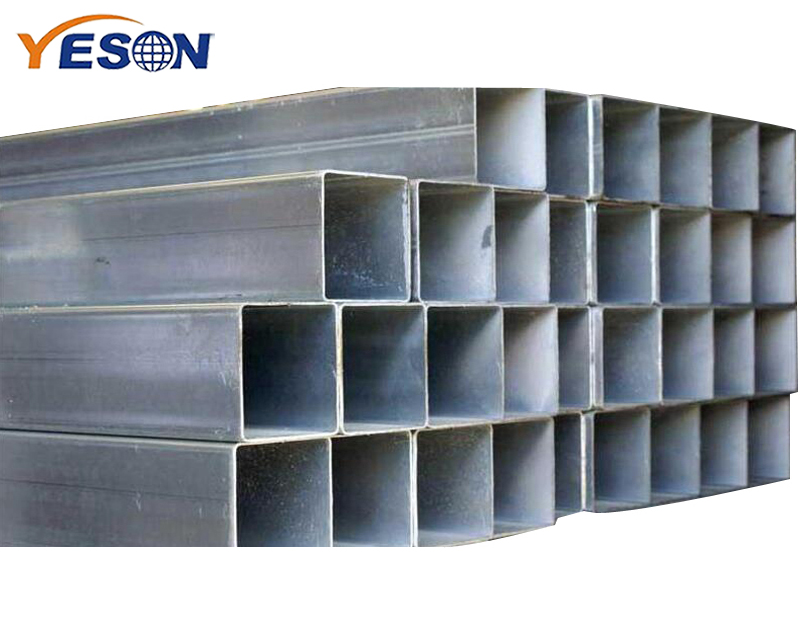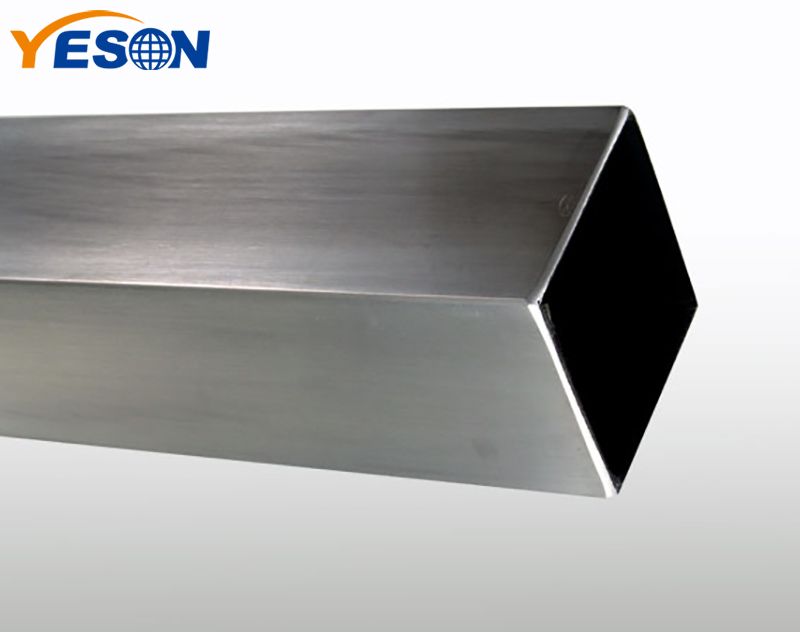The service life of many hot-dip galvanized steel pipes is related to the degree of surface decarburization. If the surface decarburization layer is not cleaned, the hardness and wear resistance of the surface layer will be reduced. And when the hot-dip galvanized steel pipe is quenched, cracks are formed on the surface of the workpiece due to the different volume changes of the inner and outer layers. Therefore, how to prevent the surface decarburization of the hot-dip galvanized steel pipe is a problem that should be paid attention to in the production process. Today we will introduce five measures to prevent decarburization on the surface of hot-dip galvanized steel pipes:

(1) The atmosphere that causes surface decarburization is mainly oxidizing gases such as oxygen, water vapor and carbon dioxide. When these oxidizing gases come into contact with the surface of the heated hot-dip galvanized steel pipe, oxidation and decarburization occur at the same time; because the solid solution carbon in iron has a relatively large affinity with these gases, the carbon on the surface is removed first;
(2) To control the ratio of carbon dioxide to carbon monoxide in the furnace, neither oxidation nor decarburization at the equilibrium point. When the proportion of carbon dioxide exceeds the equilibrium point, oxidation and decarburization will occur; when the proportion of carbon dioxide is below the equilibrium point, oxidation and decarburization will not occur. The specific value of the balance point should be calculated according to the carbon content and temperature of iron;

(3) Since the decarburization and the oxidation of the hot-dip galvanized steel tube are carried out at the same time, the purpose of improving decarburization can be achieved as long as the heat treatment process minimizes contact with air;
(4) Injecting neutral protective nitrogen into the furnace is also an effective measure. Nitrogen entering the furnace can dissipate the oxidizing atmosphere in some sections, while maintaining the positive pressure in the furnace, preventing air infiltration, and reducing or avoiding the decarburization of hot-dip galvanized steel pipes;
(5) The oxide scale, rust and residues on the surface of the hot-dip galvanized steel pipe after cold drawing will also decompose after heating in the furnace and react to generate some oxidizing gas. The atmosphere in the furnace can be controlled purposefully to make it in a reducing state, which can effectively avoid surface decarburization.
If you are interested in our hot-dip galvanized steel pipe, pls kindly contact us.